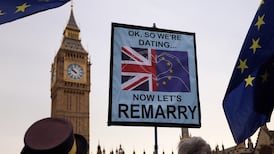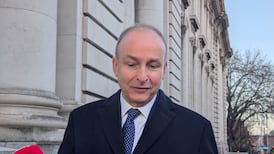The decision of the US Federal Reserve Board to increase interest rates by a quarter of a point on Wednesday evening came as no surprise, but there was significant interest in the indications it gave about the expected trend in borrowing costs next year.
Like the financial markets, the Fed is now expecting a steady upward trend in interest rates in 2017 and beyond. Fed governors now anticipate three further quarter-point rises in 2017, compared to two previously, and further rises in 2018 and 2019. These predictions come with a significant health warning. This time last year , the Fed governors were wrong when they predicted four quarter-point rises this year - in the event this week’s increase was the first in 2016 and only the second since the end of the financial crisis.
Interestingly, Fed chair Janet Yellen confirmed that as least some of the Fed governors took into account the likely change in budget policy under Donald Trump when completing their forecasts for interest rate trends. His promises of higher spending and big cuts in corporate and personal taxes have led to significant gains in stockmarkets and the US dollar and fuelled market expectations of higher inflation and interest rates.
The Fed’s views will give some support to this prevailing thesis. However, significant uncertainties remain. Remember, US rates are still low and have only increased twice in the last decade. There are, indeed, signs that the US economy is strong and is approaching full employment, but the level of growth remains subdued by historical standards.
A big gap
The Trump administration promises to boost this annual growth rate back to 3-4 per cent. But can it really achieve this? In short, there remains a big gap between where the US economy is now, and the kind of scenario being priced in by the financial markets.
Europe is behind the US in terms of the economic recovery and there is no reason to expect an increase in short-term interest rates here for quite some time yet. However, international bond markets - which reflect expectations of where interest rates will go in the coming years - are starting to adjust to the possibility that, at some stage, borrowing costs here will follow the US.
We need to keep this in perspective. US base rates are still below 1 per cent and the Fed has reiterated that change will be gradual. The ECB will maintain its stance of monetary expansion at least until the end of next year and probably longer. On Thursday the National Treasury Management Agency raised one year borrowings at a rate of minus 0.42 per cent.
There are signs that the international interest rate cycle is turning. But we are coming from a very low base and moving slowly.








